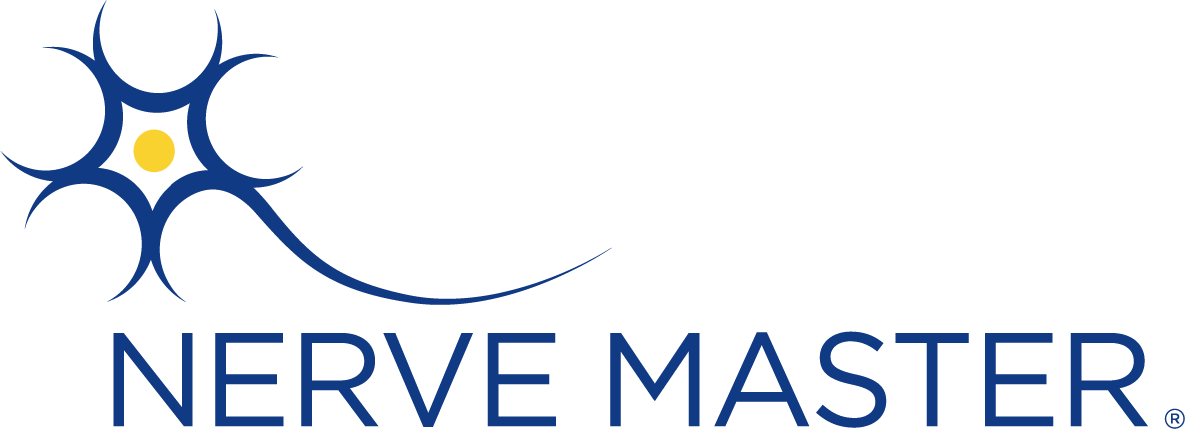On-Demand Lectures
Nerve-Based Surgery in the Management of Upper Extremity Spasticity
Selective and hyperselective neurectomies has demonstrated significant promise in reducing spasticity in the upper extremity and is growing in worldwide adoption. This program will review the concepts of nerve-based procedures in managing spasticity and its emerging role in the upper extremities.
Dr. Kozin will facilitate the webinar and discuss how nerve-based approaches can augment traditional surgical approaches to manage spasticity. Dr. Park will review case reports illustrating how nerve-based spasticity management can enhance clinical outcomes and improve quality of life. Please join us in learning how selective and hyperselective neurectomy can be utilized to manage upper extremity spasticity.
 Scott H. Kozin, MD
Scott H. Kozin, MD Eugene Park, MD
Eugene Park, MDBuilding a Peripheral Nerve Practice After Fellowship
The transition from training to clinical practice can be a difficult process. Dr. Stepan will discuss tips and tricks to help with a smooth transition into clinical practice. He will also discuss strategies for incorporating and increasing peripheral nerve volume in your practice.
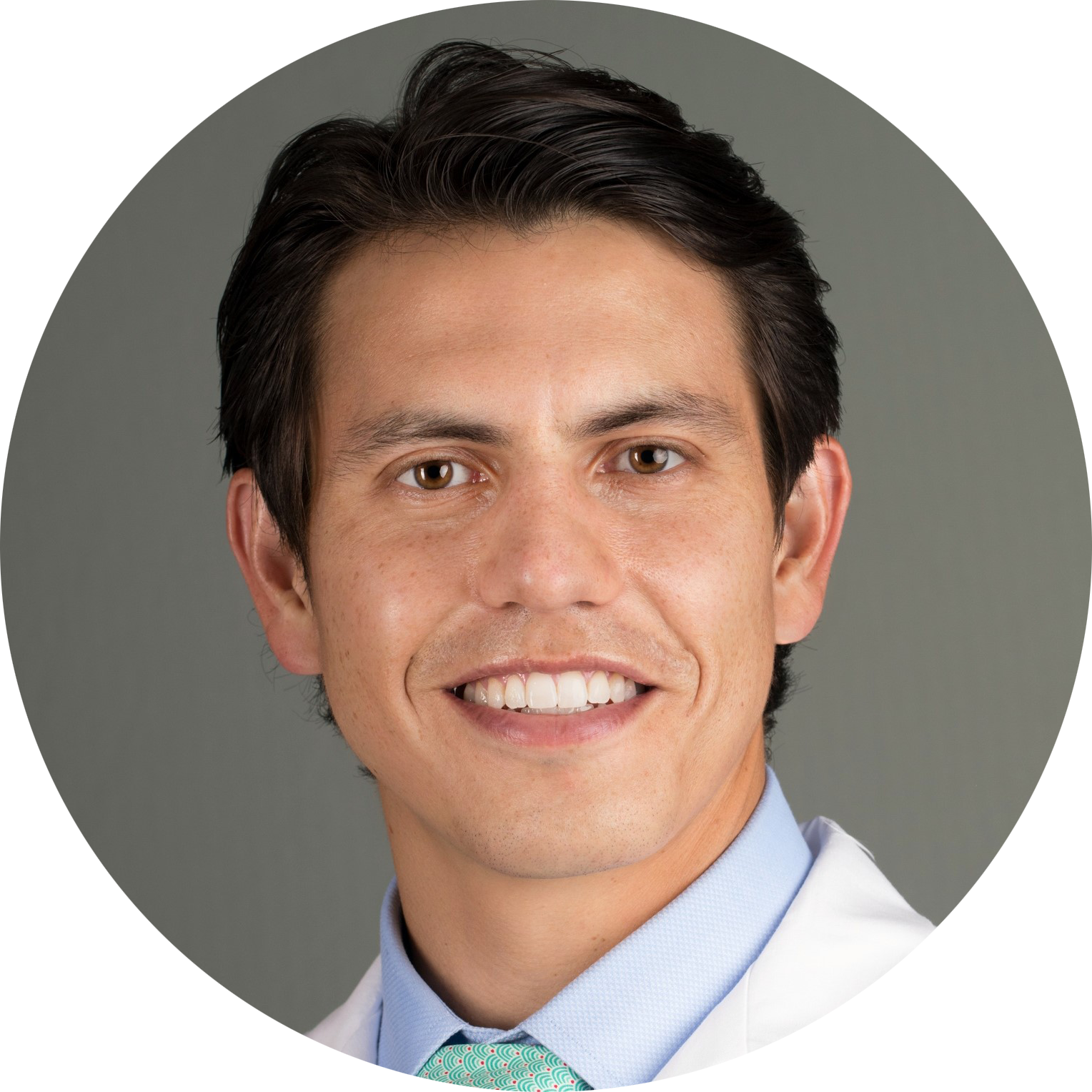 Jeffrey Stepan, MD, MSc
Jeffrey Stepan, MD, MScThe Intricacies of Facial Reanimation Surgery
Peripheral nerve surgery is inherently unpredictable. In this lecture, Dr. Miller will review how monopolar and bipolar intraoperative nerve stimulation can make facial nerve surgery more predictable. He will dive deeper into patient selection and surgical techniques for facial reanimation procedures introduced in Part I. Dr. Miller will discuss how to optimize outcomes in selective denervation (aka neurolysis), depressor anguli oris excision, free gracilis muscle transfer, cross-face nerve graft, and 5-7 nerve transfer.
 Matthew Q. Miller, MD
Matthew Q. Miller, MDUsing Nerve Stimulation to Optimize Facial Nerve Dissection and Facial Reanimation Surgery
Dr. Miller will review how monopolar nerve stimulation can facilitate safe nerve dissection in common facial plastic and head and neck procedures such as parotidectomy, facial nerve exploration, and deep plane facelift. He will review common facial reanimation procedures such as 5-7 nerve transfer, gracilis free tissue transfer, cross face nerve graft, and selective denervation (aka selective neurolysis). Dr. Miller will discuss the benefits of monopolar and bipolar nerve stimulation for each of these procedures.
 Matthew Q. Miller, MD
Matthew Q. Miller, MDNew Technologies in Peripheral Nerve Surgery
This NERVE MASTER virtual lecture discussed Checkpoint Surgical’s newest products to support surgical decision making and improve clinical outcomes: CHECKPOINT GEMINI® Bipolar Nerve Stimulator and CHECKPOINT NEUROSHIELD® Chitosan Membrane. Dr. Shah reviewed his clinical applications of bipolar and monopolar nerve stimulation in peripheral nerve surgery, including fascicular identification during nerve transfers, brachial plexus, and nerve decompressions. Dr. Niedermeier discussed the benefits of chitosan for peripheral nerve injuries and review his clinical applications of Checkpoint NeuroShield, including nerve decompression and reconstruction.
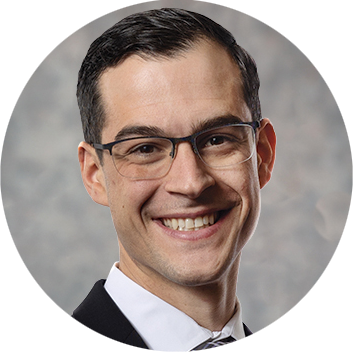 Steven Niedermeier, MD
Steven Niedermeier, MDEmerging Concepts in Nerve Surgery: Nerve Assessment and Intraoperative Decision Making
This DECISION POINT discussed emerging concepts of intraoperative nerve assessment to support surgical decision making. Dr. Koehler reviewed the clinical use of the CHECKPOINT GUARDIAN™ and CHECKPOINT GEMINI™ nerve stimulators to support intraoperative nerve assessment. He also discussed clinical application of both monopolar and bipolar stimulation and the importance of isolated stimulation in peripheral nerve surgery.
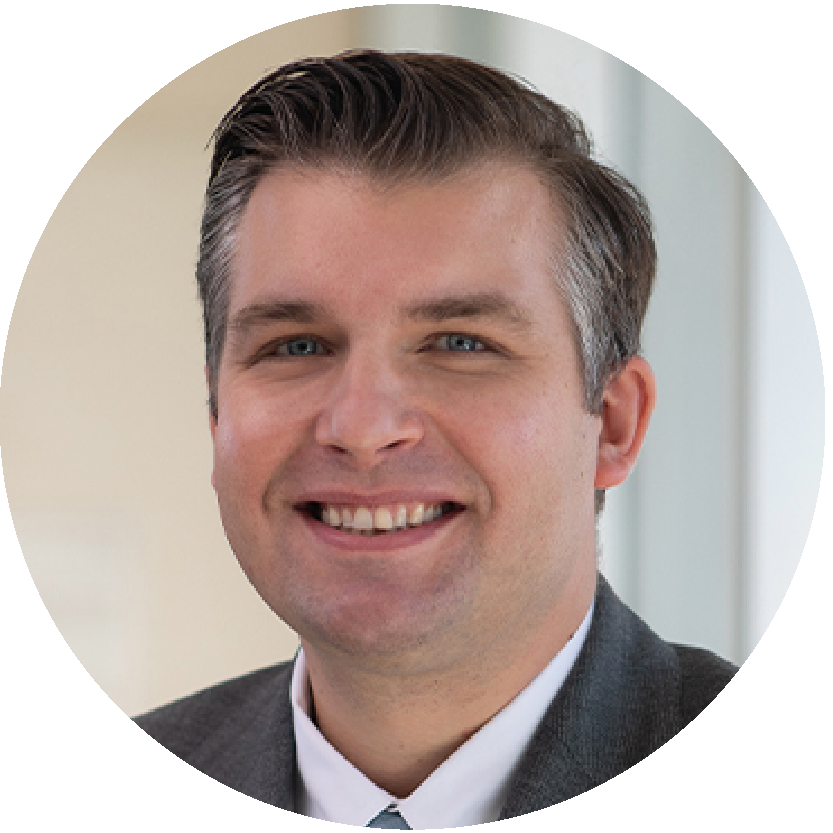 Steven Koehler, MD, FAAOS
Steven Koehler, MD, FAAOSA Simple and Reliable Alternative to EMG Monitoring for Functional Assessment of RLN in Thyroid Surgery
RLN preservation is of critical importance in thyroid and parathyroid surgery. Functional assessment during thyroidectomy is frequently used to ensure RLN preservation. RLN EMG monitoring has become widely practiced but is associated with issues of technical complexity and reliability, including EMG Loss of Signal (LOS). Dr. Fahey will review a safe and reliable method for RLN functional assessment that can be used to verify false LOS with EMG monitoring or be adapted into routine practice. Adding this method into practice can enhance patient care and overcome technical hurdles associated with EMG monitoring in thyroidectomy surgery.
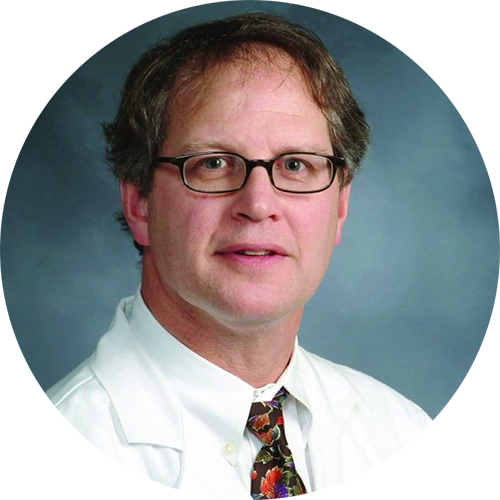 Thomas J. Fahey, III, MD
Thomas J. Fahey, III, MDChitosan: A Promising Biopolymer for Peripheral Nerve Repair Surgery
Thomas Freier, a foremost expert in the development of biomaterials and polymers for medical device applications, gives an overview of chitosan, a promising biomaterial in nerve repair surgery. The session reviews preclinical and clinical studies supporting chitosan’s use in nerve repair and other medical applications.
 Thomas Freier, Co-founder of Monarch Bioimplants, Lucerne, Switzerland
Thomas Freier, Co-founder of Monarch Bioimplants, Lucerne, SwitzerlandOncologic Amputation: A New Standard of Care for Nerve Pain Management
Until recently, the surgical techniques of amputation have not changed significantly since the Civil War era. Dr. Roubaud will review MD Anderson’s multidisciplinary approach and standard of care to manage post-amputation neuroma and phantom limb pain. Dr. Roubaud will discuss how the management of nerves with targeted muscle reinnervation (TMR) at the time of amputation improves pain outcomes and is becoming a new standard of care.
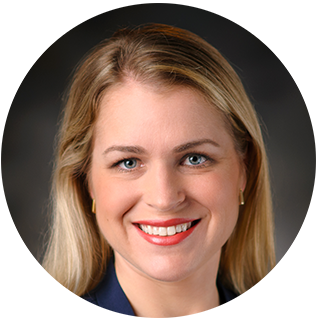 Margaret S. Roubaud, MD
Margaret S. Roubaud, MDGetting the Most Out of Your Nerve Transfers: End-to-End or Supercharged End-to-Side?
Nerve transfers have revolutionized the way surgeons treat peripheral nerve injuries in the upper extremity. In this presentation, Dr. Ko will discuss the use of intraoperative nerve stimulation to determine the use of end-to-end or reverse (supercharged) end-to-side nerve transfers to maximize motor outcomes in injuries from the shoulder to the fingertips.
 Jason Ko, MD, MBA, FACS
Jason Ko, MD, MBA, FACSSurgical Interventions for Upper Motor Neuron Injuries: Utility of Intraoperative Stimulation
Dr. Rhee reviews his experience and surgical techniques to manage upper motor neuron injuries as a result of brain and spinal cord injuries. The lecture includes a discussion of intraoperative motor nerve assessment utilizing nerve stimulation to enhance surgical outcomes. A live interactive question and answer session follows the prepared presentation.
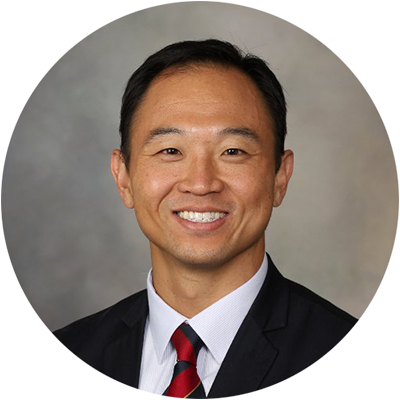 Peter C. Rhee, DO, MS
Peter C. Rhee, DO, MSTargeted Muscle Reinnervation in the Oncologic Patient
Dr. Ian Valerio and Dr. Margaret Roubaud reviewed utilization of TMR in the oncologic patient for the reduction of post-amputation neuroma and phantom limb pain in major limb amputations. The presenters reviewed recent clinical data comparing TMR to standard practice (nerve relocation and bury into muscle) in the oncologic and trauma patient populations. Considerations for the utilization of TMR in the oncologic patient population, procedure overview and tips for getting started with TMR were discussed. The session concluded with an interactive question and answer session.
 Ian Valerio, MD
Ian Valerio, MD Margaret S. Roubaud, MD
Margaret S. Roubaud, MDTargeted Muscle Reinnervation in the Vasculopathic Patient
Dr. Jacques Hacquebord and Dr. Michael Barfield reviewed utilization of TMR in the vasculopathic patient for the reduction of post-amputation neuroma and phantom limb pain in major limb amputations. They reviewed recent clinical data comparing TMR to standard practice (nerve relocation and bury into muscle) in the trauma and oncologic patient populations. Considerations for the utilization of TMR in the vasculopathic patient population, procedure overview and tips for getting started with TMR were discussed. The session concluded with an interactive question and answer session.
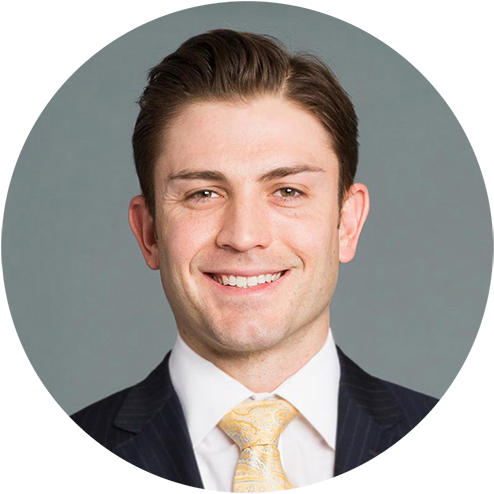 Jacques H. Hacquebord, MD
Jacques H. Hacquebord, MD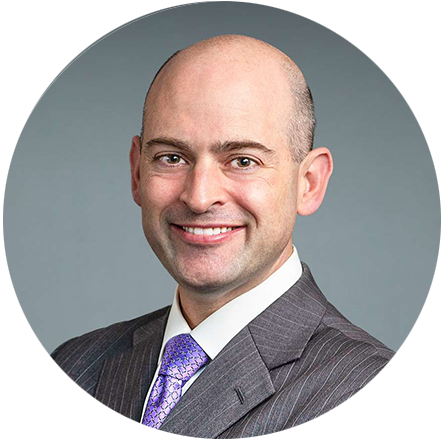 Michael E. Barfield, MD
Michael E. Barfield, MDOptimizing Outcomes After Upper Extremity Tendon Transfer
Dr. Kyle Chepla reviewed his experience and techniques for optimizing outcomes after hand and upper extremity tendon transfers. The lecture included a review of the literature, patient evaluation, surgical planning and treatment, and clinical case studies. An interactive question and answer session followed the prepared presentation.
 Kyle J. Chepla, MD
Kyle J. Chepla, MDAdding Targeted Muscle Reinnervation (TMR) to Your Practice
Drs. Eberlin, Loeffler and Echo present considerations for adding TMR to your surgical practice, including patient selection and education, assembling a care team, and immediate vs delayed TMR.
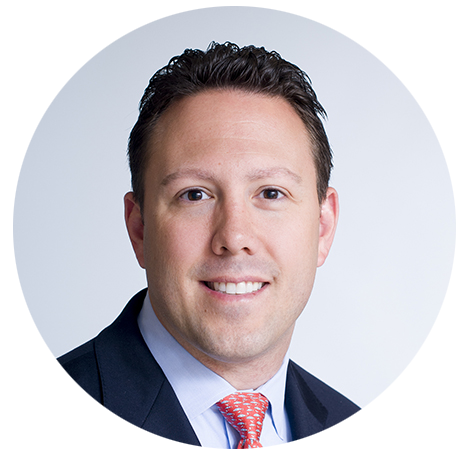 Kyle R. Eberlin, MD
Kyle R. Eberlin, MD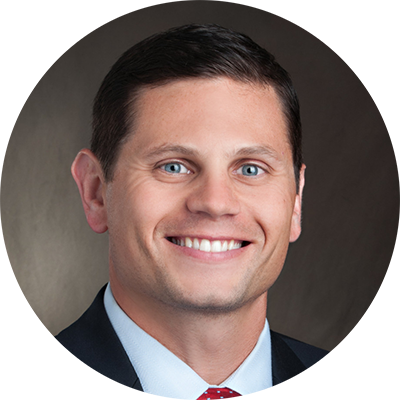 Bryan J. Loeffler, MD
Bryan J. Loeffler, MD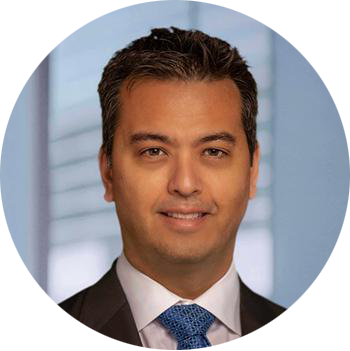 Anthony Echo, MD
Anthony Echo, MDSalivary Duct Carcinoma: Opportunities for Targeted Therapy
- Salivary Duct Carcinoma: An Aggressive Salivary Gland Malignancy With Opportunities for Targeted Therapy
- A 20-Year Review of 75 Cases of Salivary Duct Carcinoma
- Exceptional responses to pertuzumab, trastuzumab, and docetaxel in human epidermal growth factor receptor-2 high expressing salivary duct carcinomas
 Nicole C. Schmitt, MD
Nicole C. Schmitt, MDTMR for Nerve Pain: A Review of the Clinical Evidence
- Targeted Muscle Reinnervation Treats Neuroma and Phantom Pain in Major Limb Amputees: A Randomized Clinical Trial
- Preemptive Treatment of Phantom and Residual Limb Pain with Targeted Muscle Reinnervation at the Time of Major Limb Amputation
- Targeted Muscle Reinnervation in Oncologic Amputees: Early Experience of a Novel Institutional Protocol
- Targeted Muscle Reinnervation Improves Residual Limb Pain, Phantom Limb Pain, and Limb Function: A Prospective Study of 33 Major Limb Amputees
 Stephen J. Kovach, MD
Stephen J. Kovach, MDSurgical Management and Neuroprotection in Complex Elbow Surgery
- Comparison of Ulnar Intrinsic Function Following Supercharge End-to-Side Anterior Interosseous-to-Ulnar Motor Nerve Transfer: A Matched Cohort Study of Proximal Ulnar Nerve Injury Patients
- High Median Nerve Injury After Arthroscopic Elbow Contracture Release With Complete Recovery at 6 Months
- Total Elbow Arthroplasty
- Ulnar Nerve Management With Distal Humerus Fracture Fixation: A Meta-Analysis
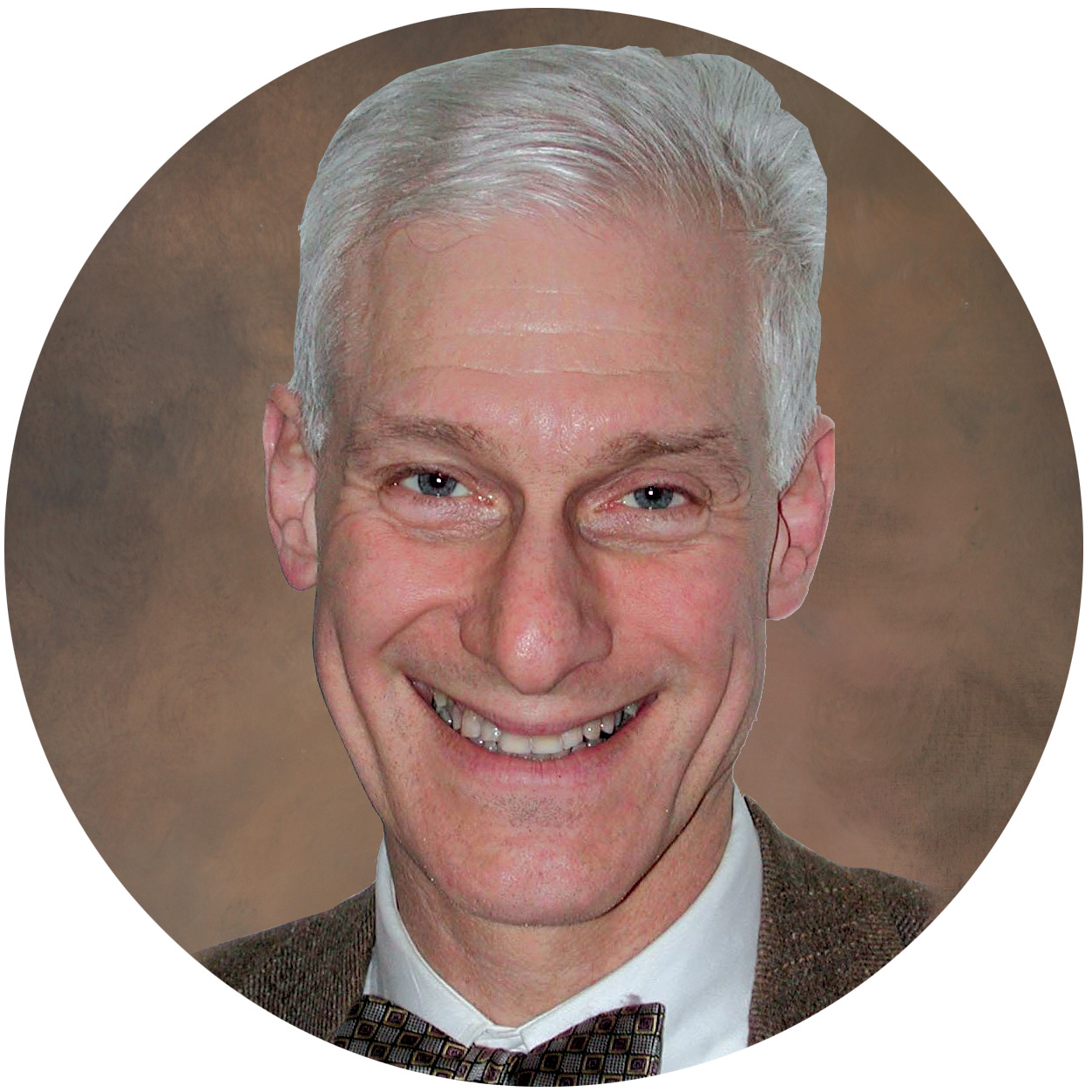 Michael Hausman, MD
Michael Hausman, MDTargeted Muscle Reinnervation Surgical Techniques: Lower Extremity
- Targeted Muscle Reinnervation Combined with a Vascularized Pedicled Regenerative Peripheral Nerve Interface, Plastic and Reconstructive Surgery - Global Open
- Targeted Muscle Reinnervation Technique in Below-Knee Amputation
- Management of Sural Nerve Neuromas With Targeted Muscle Reinnervation
- Management of Unreconstructable Saphenous Nerve Injury With Targeted Muscle Reinnervation
 Ian Valerio, MD
Ian Valerio, MDSurgical Management of Peripheral Nerve Pain
- Targeted Muscle Reinnervation for Treatment of Neuropathic Pain
- Surgery for Symptomatic Neuroma: Anatomic Distribution and Predictors of Secondary Surgery
- Surgical Algorithm for Neuroma Management: A Changing Treatment Paradigm
 Gregory Dumanian, MD
Gregory Dumanian, MD